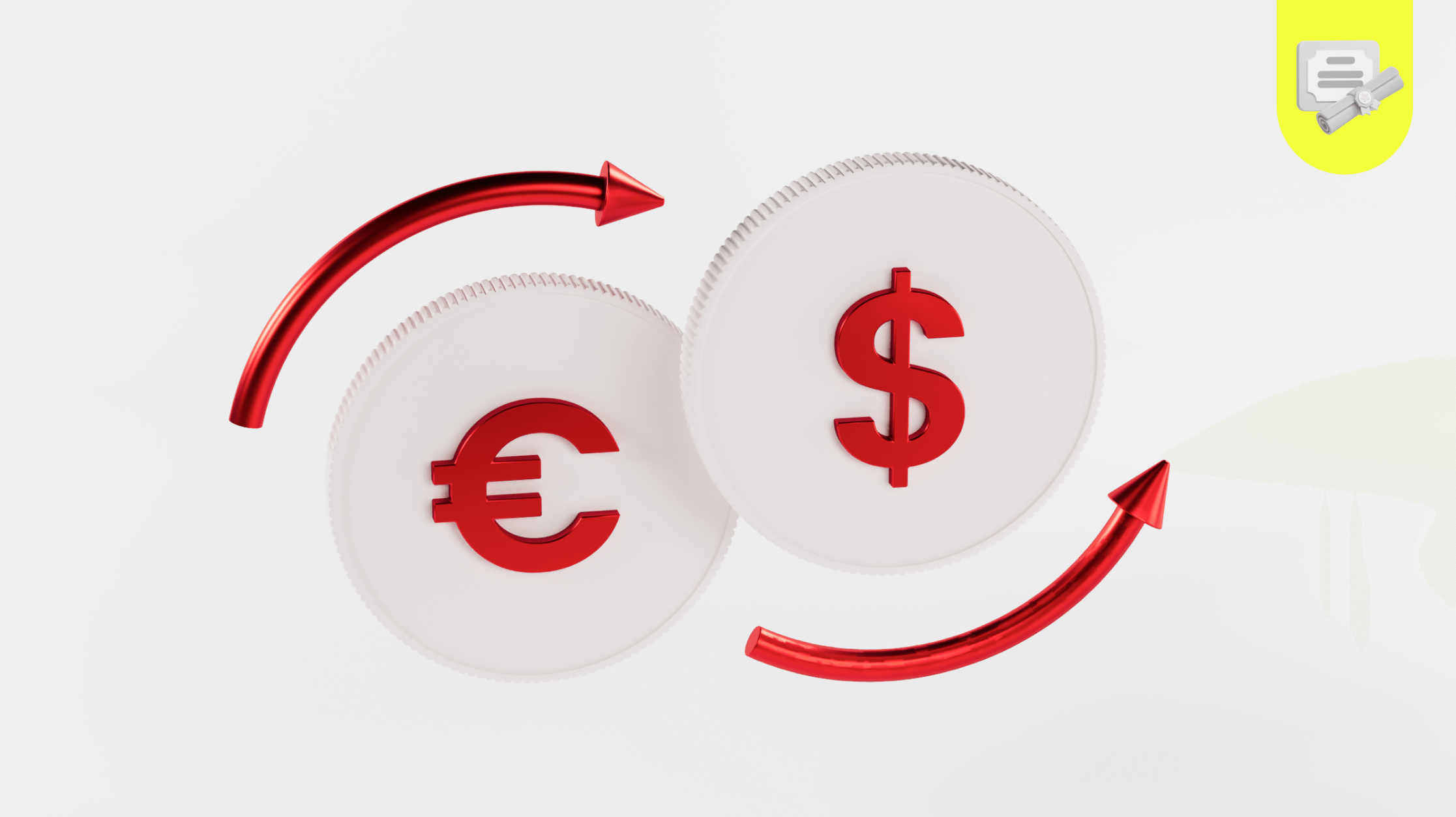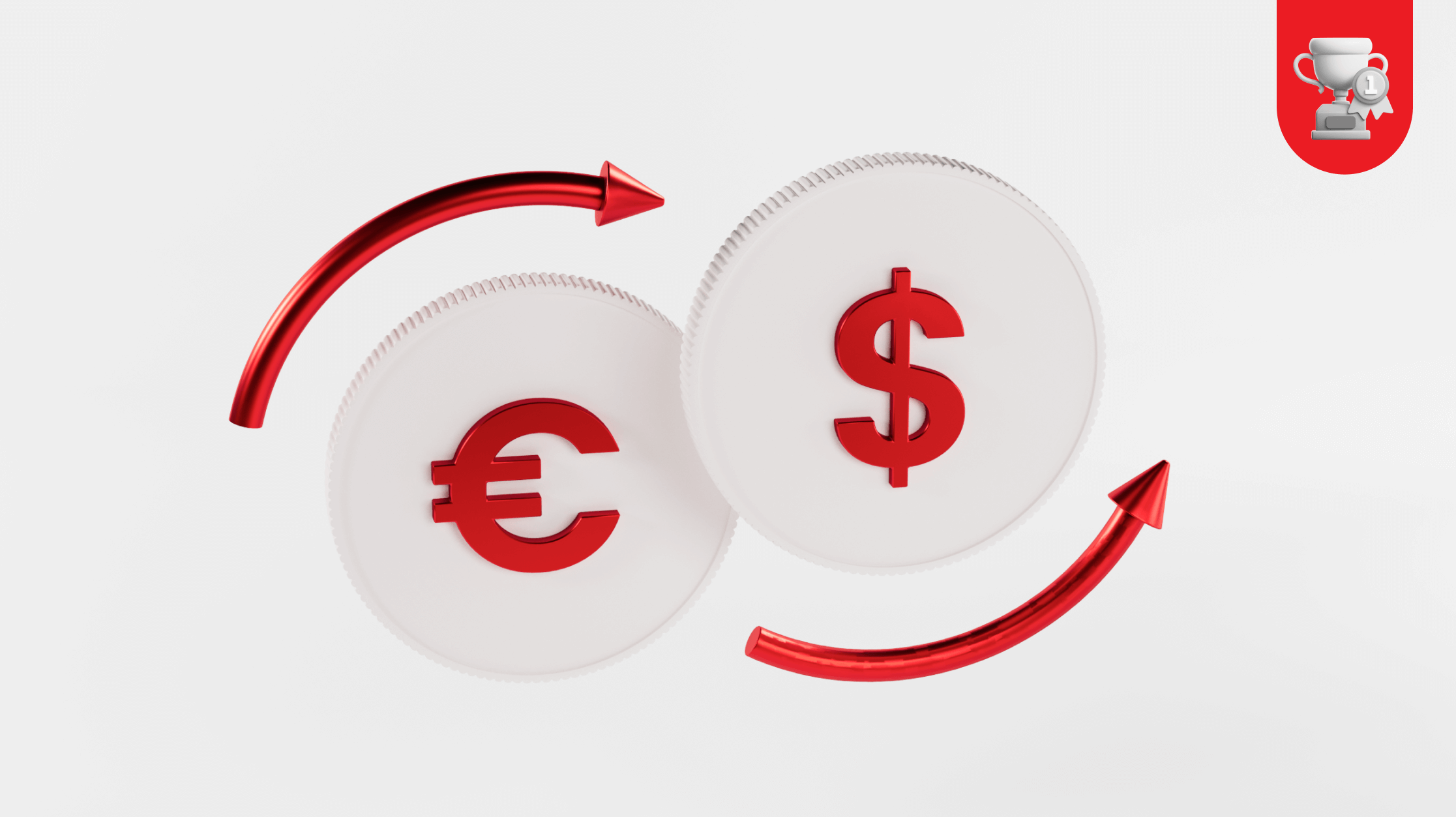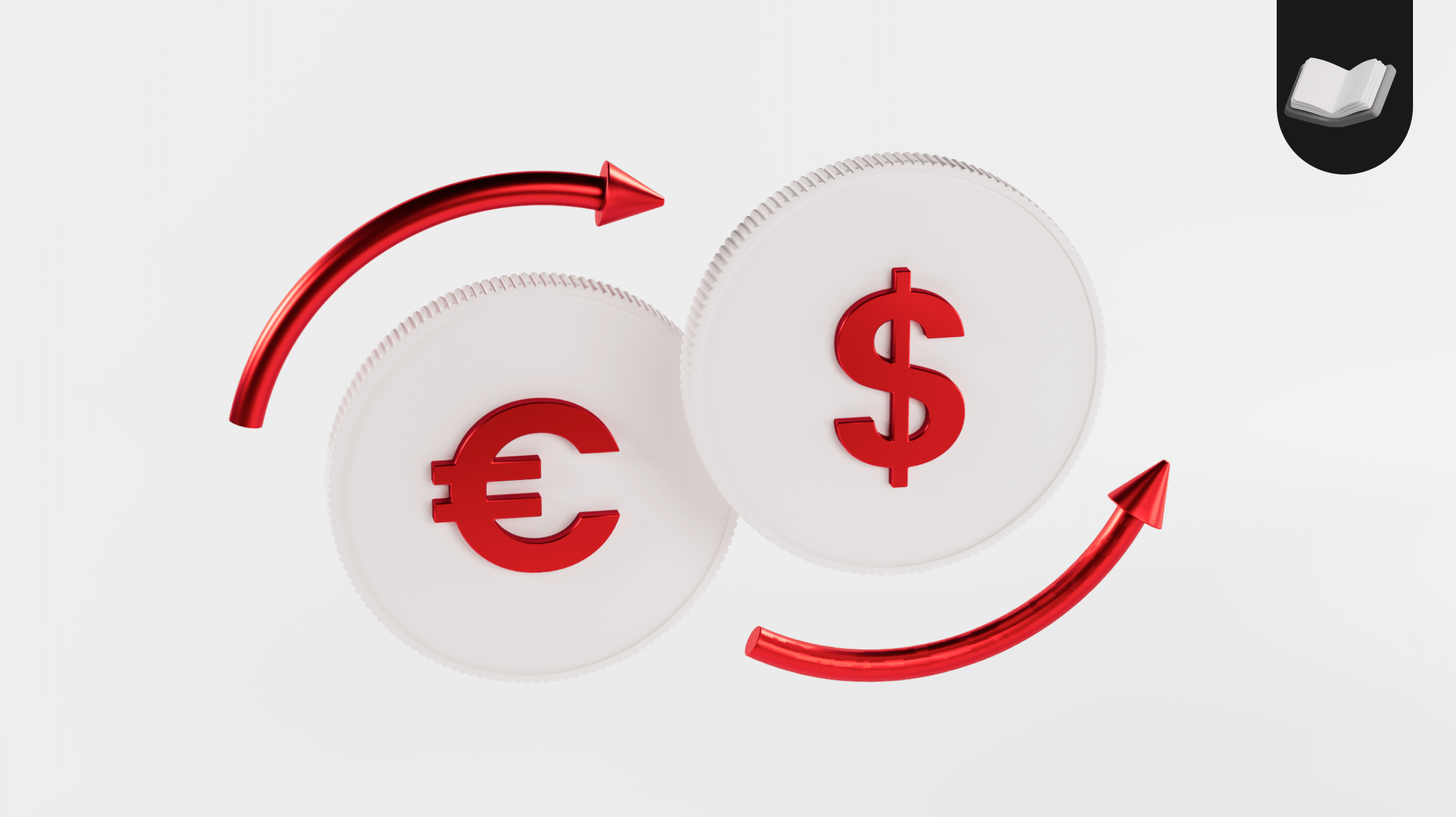Reading the Forex Market: From Basics to Strategic Insights

Welcome to the next level.
You’ve got the basics down, pips, pairs, lot sizes, market hours. Now it’s time to put that knowledge into action.
In this guide, we’ll teach you how to read the forex market like a strategist. That means you will learn how to build the foundation of forex trading strategies by blending fundamentals, technicals, and sentiment to build your edge.
This is where traders go from following moves to understanding them.
Let’s break it down.
Table of Contents
Know the Forces That Move the Forex Market
Understand the Economic Calendar
Link Fundamentals to Currency Strength
Technical Analysis: Let the Chart Speak
Putting It Together: The Real Edge
Watch the Correlations
Tools to Stay Ahead
Beginner-Friendly Strategy: The Post-News Pullback
From Reaction to Anticipation
Key Takeaways
Know the Forces That Move the Forex Market
Before you look at a chart, ask yourself: What’s the story behind the pair I’m trading?
It’s important to understand what actually moves currency prices. The forex market isn’t random, it reacts to a mix of economic, political, and psychological factors.
Here are four major forces to watch:
Interest Rates – The big one. When central banks raise rates, their currency often strengthens. When they cut, it usually weakens.
Economic Data – Think GDP, unemployment, inflation, retail sales. These tell the story of a country’s economy and influence central bank decisions along with investor sentiment.
Central Bank Policy – Not just what they do, but what they say. Forward guidance matters. A hawkish tone implies a stronger currency. A dovish tone suggests weakness.
Geopolitics & Risk Sentiment – Global tensions, elections, or crises can shake investor confidence. This affects risk appetite and shifts capital flows toward or away from certain currencies.
Now that you know the major forces behind currency movements, let’s explore how to plan for them using one of the most powerful tools: the economic calendar.
Understand the Economic Calendar
Every forex trader should live by the economic calendar.
This is your roadmap of high-impact news events. It shows upcoming data releases, central bank meetings, speeches, and more.
Rather than guessing, use the calendar to anticipate volatility and prepare for major moves.
How to Use It:
Filter by importance: Focus on high-impact events like NFP, CPI, and interest rate decisions (marked red on most platforms).
Know the forecast: Markets often move before the data release based on expectations.
Compare the actual results: If the data comes in much better or worse than expected, big moves happen.
Example:
If the NFP forecast is +200k but the actual print is +350k, that could drive a strong USD rally, suggesting a robust labor market and future Fed hikes.
Check the calendar every day. Make it part of your pre-market routine.
You’ve learned how to follow key events, now let’s talk about how those events translate into currency strength or weakness.
Link Fundamentals to Currency Strength
Understanding economic principles is crucial but so is knowing how they impact prices.
This is where most beginners get stuck. Let’s simplify:
Scenario | Effect on Currency |
Higher inflation | Usually leads to rate hikes → Currency strengthens |
Lower unemployment | Strong labor = potential rate hikes → Currency strengthens |
Weak GDP growth | Signals slowdown → Currency weakens |
Central bank hints cuts | Lower yield = capital outflow → Currency weakens |
When fundamentals align with price action, it gives more confidence in your trade direction.
With a solid grasp on fundamentals, it’s time to bring in the second half of the equation: technical analysis. This is where timing meets context.
Technical Analysis: Let the Chart Speak
While fundamentals tell you why, technical analysis tells you when.
In this section, we’ll simplify chart reading so you can spot opportunity without getting lost in indicators.
Key Technical Tools to Use:
Support & Resistance: Look for historical zones where price often reverses.
[image]
Trendlines: Identify the market's direction by connecting swing highs/lows.
[image]
Moving Averages: The 50-day or 200-day MA helps visualize trend strength.
[image]
Chart Patterns: Triangles, flags, and head-and-shoulders often signal potential breakouts or reversals.
[image]
Pro tip: The cleaner the chart, the more reliable the signal. Don’t overcrowd with indicators.
"The chart shows the move. The news explains why."
When both the fundamentals and technicals start aligning, that’s where strategic trading begins. Let’s look at how to combine both for a smarter approach.
Putting It Together: The Real Edge
Trading the forex market isn’t about choosing between fundamentals or technicals, it’s about combining them.
Scenario A: News-Driven Breakout
Imagine the US Federal Reserve delivers a hawkish message, signaling that interest rates may stay higher for longer. This sparks demand for the US dollar, pushing USD/JPY toward a key resistance level at 150. The pair breaks above this level with strong momentum, confirming the initial reaction. Later, it returns to retest the breakout zone. Traders watching for a continuation might look for price to hold above the level before considering the trend’s next leg.
Scenario B: Overextended Pair + Weak Data
In contrast, suppose EUR/USD has been on a strong rally, moving rapidly into overbought territory. At the same time, momentum indicators like the RSI begin to diverge, signaling potential weakness. Then, German GDP data comes in worse than expected. This fundamental miss, combined with signs of exhaustion on the chart, leads to a price reversal, offering traders a possible short setup backed by both macro context and technical confirmation.
This is where skill develops. Not guessing but aligning macro context with chart behavior.
"Traders who only look at charts miss the bigger picture. Traders who only look at news miss the timing."
As your market view gets sharper, you’ll notice that currencies don’t move in isolation. Let’s dig into how other markets and instruments interact with forex pairs.
Watch the Correlations
Forex pairs don’t move in isolation. Many correlate with other markets and instruments. Recognizing these relationships helps traders connect the dots and trade with broader awareness.
For Example:
· USD/JPY moves in sync with U.S. 10-year bond yields. When yields rise, the dollar tends to strengthen, pushing the pair higher.
· AUD/USD has a close relationship with gold prices, as Australia being a major gold exporter. When gold rallies, the Aussie dollar often does too.
· EUR/USD typically moves in the opposite direction of the Dollar Index (DXY), given that the euro comprises a large portion (57.6%) of the index.
Understanding these correlations can help traders avoid placing conflicting trades and also validate potential setups.
In risk-on environments, when equity markets are rising and investor confidence is high, currencies like the Australian, New Zealand, and Canadian dollars tend to gain. Conversely, during times of market fear or uncertainty (risk-off), safe-haven currencies such as the Japanese yen and Swiss franc usually attract inflows and strengthen.
Knowing what to look at is one thing, staying ready for it is another. In this section, we’ll break down the tools that keep successful traders prepared.
Tools to Stay Ahead
Successful trading requires more than a chart. It requires preparation, awareness, and structure.
Your Forex Toolkit Should Include:
· Economic Calendar – Plan ahead for market-moving events
· News Feeds – Real-time insight from platforms like TradingView or D Prime’s market updates
· MT4/MT5 Charts – Clean interfaces with customizable indicators
· Sentiment Tools – COT reports, retail positioning, Fear & Greed index
· Trading Journal – Track your trades, thought process, and emotional state
"Consistency comes from process. Process starts with preparation."
We’ve covered the components, now here’s a practical, beginner-friendly strategy that puts them all together.
Beginner-Friendly Strategy: The Post-News Pullback
To wrap things up, here is a simple yet effective strategy that blends everything we’ve discussed.
The Setup:
This strategy begins with spotting a high-impact news event, such as CPI or Non-Farm Payrolls, that has the potential to create volatility. Once the news is released, prices often spike sharply. Rather than jumping in immediately, traders watch for a pullback toward a previous structure level—either support or resistance.
The next step is to look for confirmation through price action. Patterns like a pin bar or an engulfing candle at that structure level can suggest the move is ready to continue. At this point, a stop-loss is typically placed just beyond the level, with a target that offers a favorable risk-to-reward ratio, ideally 1:2 or better.
Example:
Imagine the U.S. CPI print comes in hotter than expected. This causes the dollar to strengthen rapidly, and EUR/USD drops over 100 pips. Instead of reacting immediately, a trader waits for the pair to pull back to the prior support level. There, a bearish engulfing candle forms—signaling a potential continuation of the downtrend. The trader then considers a short position, with a tight stop and defined target, based on sound risk management.
This forex trading strategy shows how macro context + chart structure = a high-quality setup.
By now, you’ve seen how pros use context to act, not react. Let’s wrap up with a mindset shift that takes you from follower to strategist.
From Reaction to Anticipation
Most new traders are reactive. They chase. They overtrade. Pros do the opposite—they anticipate.
They look at the data. They know the policy narrative. They wait for confirmation.
Reading the forex market isn’t about prediction. It’s about preparation, pattern recognition, and execution.
Practice connecting dots:
· Rising inflation → rate hike expected → currency might strengthen
· Overbought pair + weak data forecast → potential fade
"Reading the market isn’t magic.
It’s pattern recognition + common sense."
Key Takeaways
Trading the forex market isn’t about predicting the future. It’s about putting together clues like the news, price action, sentiment and making informed decisions.
This is the bridge between beginner and strategist.
Take your time. Practice reading. Get obsessed with context.
Because when you read the market well, the trades almost write themselves.[MM1]
Next up: Trading & Risk Management Strategies — where you’ll turn insights into execution.
Execute with confidence using D Prime—your trusted platform for tight spreads, deep liquidity, and powerful trading tools.
Disclaimer
This information contained in this blog is for general reference only and is not intended as investment advice, a recommendation, an offer, or an invitation to buy or sell any financial instruments. It does not consider any specific recipient’s investment objectives or financial situation. Past performance references are not reliable indicators of future performance. D Prime and its affiliates make no representations or warranties about the accuracy or completeness of the information provided and accept no liability for any losses or damages resulting from its use or from any investments made based on it.
Do not rely on the above content to replace your independent judgment. You should consider the appropriateness of this information having regard to your personal circumstances before making any investment decisions. The market is risky, and investments should be made with caution.

